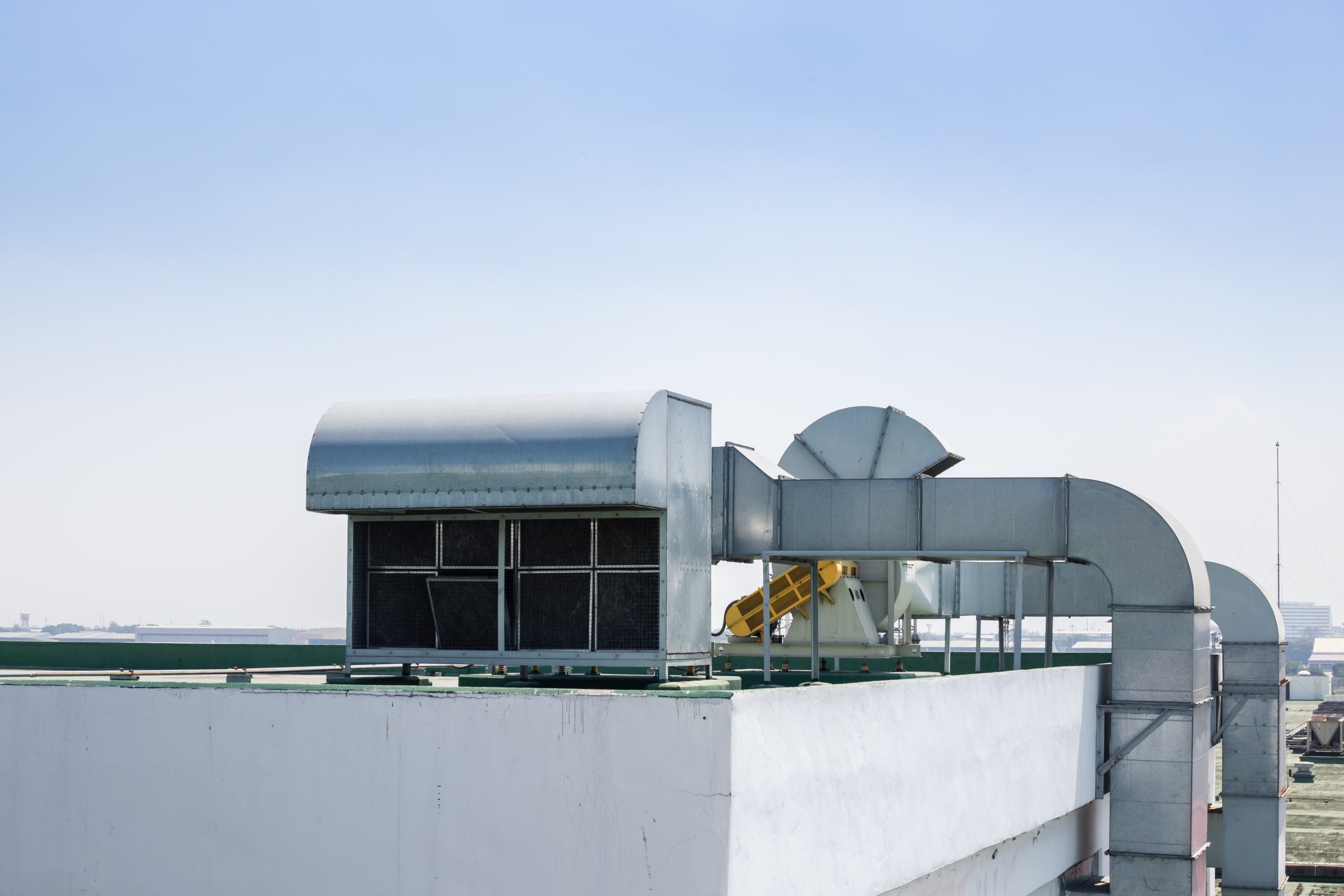

Articles
How To Increase Air Flow In HVAC
Modified: January 5, 2024
Learn effective ways to increase air flow in your HVAC system with informative articles. Improve the efficiency and performance of your HVAC unit today!
(Many of the links in this article redirect to a specific reviewed product. Your purchase of these products through affiliate links helps to generate commission for Storables.com, at no extra cost. Learn more)
Introduction
Adequate air flow is crucial for the proper functioning of Heating, Ventilation, and Air Conditioning (HVAC) systems. It ensures optimal comfort levels and helps maintain the desired indoor air quality. However, due to various factors, air flow in HVAC systems can sometimes be restricted, leading to reduced efficiency, increased energy consumption, and potential issues with air circulation. In this article, we will explore the importance of air flow in HVAC systems, discuss common factors that can affect air flow, highlight the benefits of optimizing air flow, and provide practical steps to increase air flow in HVAC.
Key Takeaways:
- Optimizing air flow in HVAC systems is crucial for energy efficiency, extended system lifespan, and improved indoor air quality. Regular maintenance and simple steps like cleaning filters and clearing obstructions can make a significant impact.
- Addressing air flow restrictions in HVAC systems through regular maintenance, proper insulation, and adjusting fan settings can lead to enhanced comfort, energy savings, and a healthier indoor environment. Prioritizing air flow optimization ensures long-term benefits for your home or office.
Read more: How To Increase Flow In Showerhead
Importance of Air Flow in HVAC Systems
Air flow plays a crucial role in the overall performance and efficiency of HVAC systems. Proper air flow ensures that conditioned air is evenly distributed throughout the space, maintaining consistent temperatures and comfortable living or working environments. Here are a few key reasons why air flow is important in HVAC systems:
1. Efficiency: Adequate air flow allows the HVAC system to operate efficiently. When air flow is restricted, the system has to work harder to deliver the desired heating or cooling, resulting in increased energy consumption and higher utility bills. Optimizing air flow helps improve the system’s efficiency, saving energy and reducing costs.
2. Comfort: Balanced air flow is essential for maintaining a comfortable indoor environment. When air flow is obstructed or uneven, certain areas of the space may be colder or hotter than others, leading to discomfort for occupants. By ensuring proper air flow, HVAC systems can deliver consistent temperatures throughout the building, improving comfort levels.
3. Air Quality: Air flow plays a crucial role in maintaining good indoor air quality. HVAC systems help filter and circulate air, removing pollutants, allergens, and odors. However, if air flow is restricted, these contaminants may not be effectively removed, resulting in poor indoor air quality. Optimizing air flow ensures that the air is properly filtered and circulated, leading to cleaner and healthier indoor air.
4. System Lifespan: Restricted air flow can put additional strain on HVAC components, including the blower motor, fan, and compressor. This can lead to premature wear and tear, reducing the lifespan of the system. By maintaining proper air flow, HVAC systems can operate smoothly and last longer, saving you money on costly repairs or replacements.
5. Energy Savings: When air flow is restricted, HVAC systems consume more energy to compensate for the reduced efficiency. By increasing air flow, the system can operate at optimal levels, reducing energy consumption and lowering your carbon footprint. This not only saves you money on energy bills but also contributes to a more sustainable and environmentally-friendly living or working space.
Considering the significant impact air flow has on the performance, efficiency, and comfort of HVAC systems, it is essential to address any issues or restrictions that may be hindering air flow. By doing so, you can ensure a properly functioning HVAC system that provides optimal comfort and energy savings.
Understanding Air Flow Restriction
Air flow restriction refers to any condition or factor that impedes the smooth movement of air through the HVAC system. It can occur at various points within the system, including air filters, ducts, vents, registers, and the blower motor. Understanding the common causes of air flow restriction is essential in identifying and resolving these issues. Here are some factors that can contribute to air flow restriction:
1. Dirty or Clogged Air Filters: Over time, air filters can become dirty and clogged with dust, debris, and other particles. This restricts the flow of air into the HVAC system, reducing its efficiency and potentially causing damage to the equipment. Regularly checking and cleaning or replacing air filters is crucial to maintain proper air flow.
2. Blocked Vents and Registers: Furniture, drapes, or other objects placed near vents and registers can obstruct the airflow. Similarly, the accumulation of dust and debris in these areas can also restrict air flow. Ensuring that vents and registers are free from any obstructions is essential for optimal air flow.
3. Leaks or Insufficient Insulation in Ductwork: Holes, gaps, or poorly sealed connections in the ductwork can lead to air leaks. Not only does this result in reduced air flow, but it also leads to energy wastage as conditioned air escapes before reaching its intended destination. Proper insulation and regular ductwork inspections can help mitigate air flow restriction caused by leaks.
4. Dust and Debris in Ductwork: Over time, dust, dirt, and other debris can accumulate in the ductwork, obstructing air flow. This can hinder the performance of the HVAC system and impact indoor air quality. Periodic cleaning of the ductwork can help remove these obstructions and improve air flow.
5. Improperly Sized or Damaged Flexible Ducts: Flexible ducts that are either improperly sized or damaged can impede air flow. If the ducts are too small, air flow will be restricted, resulting in reduced system efficiency. Likewise, ducts that are torn, kinked, or collapsed will also hinder air flow. Inspecting and repairing or replacing damaged ducts is necessary to ensure proper air flow.
6. Incorrect Fan Speed or Blower Settings: Inadequate fan speed or incorrect blower settings can impact air flow in the HVAC system. If the fan speed is too low, air flow may be insufficient, while a high fan speed can cause excessive noise and energy consumption. Ensuring the proper fan speed and blower settings based on the specific needs of the space is important for optimal air flow.
By understanding the common factors contributing to air flow restriction, you can identify and address these issues promptly. Regular maintenance, inspection, and cleaning of the HVAC system, along with the use of proper air filters and insulation, can help maintain optimal air flow and maximize the performance and efficiency of the system.
Common Factors Affecting Air Flow
Several factors can affect the air flow in HVAC systems. Understanding these factors is essential in addressing any issues and optimizing air flow for optimal system performance. Here are some common factors that can impact air flow:
1. Air Filter Type and Condition: The type and condition of the air filter can significantly affect air flow. Filters with high levels of filtration may restrict air flow more compared to standard filters. Additionally, if the air filter is dirty or clogged, it can obstruct air flow, reducing the effectiveness and efficiency of the HVAC system. Regularly checking and maintaining clean air filters is important for proper air flow.
2. Duct Design and Layout: The design and layout of the ductwork can impact air flow. If the ducts are not properly sized or have excessive bends or turns, it can restrict air flow. Additionally, long duct runs without sufficient return vents can also hinder air flow. Ensuring that the ductwork is properly designed, sized, and installed can help optimize air flow.
3. Register and Vent Sizes: The size and location of registers and vents can affect air flow. If the registers or vents are too small or improperly placed, it can restrict air flow. Properly sized and strategically located registers and vents allow for optimal air flow distribution throughout the space.
4. Duct Leakage: Leaky ductwork can lead to air flow loss. Holes, gaps, or poorly sealed connections in the ducts allow conditioned air to escape, reducing the amount of air available for distribution. Regular inspections and sealing of ductwork can help minimize air flow loss due to leakage.
5. Blockages and Obstructions: Obstructions in the ductwork, such as debris, dirt, or even pests, can restrict air flow. Additionally, furniture or other objects blocking vents or registers can also hinder air flow. Regular maintenance and cleaning of the ductwork, as well as ensuring unobstructed airflow from the vents and registers, is important for optimal air flow.
6. Fan Speed and Blower Settings: The fan speed and blower settings play a crucial role in air flow. If the fan speed is too low, it can result in insufficient air flow, while high fan speeds can cause excessive noise and energy consumption. Setting the appropriate fan speed and blower settings based on the specific needs of the space is important for optimizing air flow.
By considering and addressing these common factors that affect air flow, you can optimize the performance and efficiency of your HVAC system. Regular maintenance, proper filter selection and replacement, inspection of ductwork for leaks, and maintaining unobstructed vents and registers are key in ensuring optimal air flow throughout the space.
Benefits of Optimizing Air Flow
Optimizing air flow in HVAC systems offers several significant benefits. By addressing any restrictions or issues that may be hindering air flow, you can improve the overall performance, efficiency, and comfort of your HVAC system. Here are some key benefits of optimizing air flow:
1. Improved Energy Efficiency: One of the primary benefits of optimizing air flow is enhanced energy efficiency. When air flow is restricted, the HVAC system has to work harder to circulate air, leading to increased energy consumption and higher utility bills. By ensuring proper air flow, you can minimize energy wastage and reduce your overall energy costs.
2. Enhanced System Performance: Proper air flow allows the HVAC system to operate at its optimal performance levels. When air flow is restricted, the system may struggle to deliver the desired heating or cooling, leading to uneven temperatures, hot or cold spots, and overall discomfort. Optimizing air flow ensures consistent and comfortable temperatures throughout the space, improving the overall system performance.
3. Improved Indoor Air Quality: Air flow plays a crucial role in maintaining good indoor air quality. Adequate air flow helps ensure that the air is properly filtered and circulated, removing pollutants, allergens, and odors. When air flow is restricted, these contaminants may not be effectively removed, leading to poor indoor air quality. Optimizing air flow helps promote cleaner and healthier indoor air.
4. Extended HVAC System Lifespan: Restricted air flow can put additional strain on HVAC components such as the blower motor, fan, and compressor. This can lead to premature wear and tear, resulting in the need for costly repairs or even the replacement of the entire system. By optimizing air flow, you can reduce the workload on these components, extending the lifespan of your HVAC system and saving money in the long run.
5. Cost Savings: Optimizing air flow not only improves energy efficiency but also results in cost savings. By reducing energy consumption and extending the lifespan of your HVAC system, you can lower your utility bills and minimize the need for expensive repairs or replacements. Additionally, improved air flow can prevent unnecessary wear and tear on your system, saving you money on maintenance and servicing.
6. Enhanced Comfort Levels: The proper distribution of conditioned air throughout the space is essential for optimal comfort. When air flow is unrestricted, every corner of the room receives the desired level of heating or cooling, creating a comfortable and pleasant environment for occupants. By optimizing air flow, you can eliminate hot or cold spots and ensure consistent temperatures, enhancing the overall comfort levels in your home or office.
Overall, optimizing air flow in your HVAC system offers numerous benefits, including improved energy efficiency, enhanced system performance, better indoor air quality, extended system lifespan, cost savings, and increased comfort levels. By taking proactive steps to address any air flow restrictions, you can create a more efficient and comfortable environment while saving money and reducing your environmental impact.
Read more: How To Adjust HVAC Air Flow
Steps to Increase Air Flow in HVAC
Increasing air flow in your HVAC system can significantly improve its performance and efficiency. By addressing any restrictions or issues that may be hindering air flow, you can enhance comfort, save energy, and optimize the overall functionality of your system. Here are some practical steps to increase air flow in your HVAC:
- Check and Clean Air Filters: Dirty or clogged air filters can obstruct air flow. Regularly check your air filters and clean or replace them as needed. This simple step can greatly improve the air flow and efficiency of your HVAC system.
- Clear Obstructions from Air Vents and Registers: Ensure that air vents and registers are free from any obstructions such as furniture, drapes, or other objects. Clearing these obstructions allows for unrestricted air flow throughout the space.
- Ensure Proper Insulation in Ductwork: Insulate your ductwork properly to minimize air leaks and improve air flow. Proper insulation helps reduce energy loss and ensures that conditioned air reaches its intended destination without any hindrance.
- Remove Dust and Debris from Ducts: Over time, dust, dirt, and other debris can accumulate in your ductwork, obstructing air flow. Regularly clean your ducts to remove these obstructions and improve the overall air flow in your HVAC system.
- Adjust Fan Speed and Blower Settings: Check your fan speed and blower settings to ensure they are appropriately adjusted. A low fan speed can result in inadequate air flow, while a high speed can lead to excess noise and energy consumption. Adjusting these settings based on your specific needs can optimize air flow.
- Consider Using Booster Fans: If you have areas in your space with poor air flow, consider using booster fans to increase air circulation. These fans can be placed strategically to improve air flow in specific rooms or zones within your home or office.
- Schedule Regular HVAC Maintenance: Regular maintenance is essential for maintaining optimal air flow in your HVAC system. Schedule professional inspections and maintenance checks to identify and resolve any issues that may be restricting air flow. This includes cleaning coils, checking for leaks, and ensuring proper functioning of all system components.
Implementing these steps can help increase air flow in your HVAC system, leading to improved performance, enhanced comfort, and energy savings. Remember to consult with a qualified HVAC professional for any complex issues or if you’re unsure about performing certain maintenance tasks yourself. By taking proactive measures and staying on top of HVAC maintenance, you can enjoy the benefits of optimal air flow and a well-functioning HVAC system.
Check and Clean Air Filters
Regularly checking and cleaning air filters is essential for optimal air flow in your HVAC system. Air filters play a critical role in trapping dust, debris, allergens, and other particles that can circulate in the air. Over time, these filters can become dirty and clogged, obstructing the flow of air through the system. Here’s how to check and clean your air filters:
- Identify the Location of Air Filters: Start by locating the air filters in your HVAC system. Typically, air filters are found in the return vents or in a dedicated slot within the furnace or air handler unit. Refer to your HVAC system manual if you’re unsure about the exact location.
- Turn Off the Power: Before proceeding, it’s important to turn off the power to your HVAC system. This will prevent any mishaps and ensure your safety while handling the air filters.
- Remove the Filter: Carefully remove the air filter from its designated slot or housing. Depending on your system, this may involve sliding out a filter or opening a latch to access the filter.
- Inspect the Filter: Examine the air filter to determine its condition. If it appears dirty, covered in dust, or clogged with debris, it’s time to clean or replace it. Consider the type of filter you have – some filters are disposable and should be replaced, while others are washable and can be cleaned and reused.
- Clean or Replace the Filter: If you have a washable filter, gently rinse it with water to remove dirt and debris. Allow the filter to dry completely before reinstalling it. If the filter is disposable, dispose of it properly and replace it with a new filter of the same size and type.
- Reinstall the Filter: Once the filter is clean or replaced, carefully insert it back into its designated slot or housing. Ensure that the filter is properly aligned and securely in place.
- Restore Power and Test: Finally, turn the power back on to your HVAC system and test the air flow. You should notice improved air flow and circulation with the clean or new filter in place.
It’s important to note that the frequency of cleaning or replacing air filters depends on various factors, such as the type of filter, the level of pollutants in your environment, and the usage of your HVAC system. As a general guideline, disposable filters should be replaced every 1-3 months, while washable filters should be cleaned every 1-2 months.
By regularly checking and cleaning your air filters, you can ensure optimal air flow in your HVAC system. Clean filters improve the efficiency and performance of your system, resulting in better air quality, reduced energy consumption, and a longer lifespan for your HVAC equipment.
Regularly clean or replace air filters in your HVAC system to ensure proper air flow and efficiency. Clogged filters can restrict air flow, making your system work harder and increasing energy consumption.
Clear Obstructions from Air Vents and Registers
Clearing obstructions from air vents and registers is vital for maintaining proper air flow in your HVAC system. Blocked vents and registers can restrict the flow of air, leading to inefficient cooling or heating, uneven temperature distribution, and reduced comfort in your living or working space. Here’s how you can clear obstructions from air vents and registers:
- Locate the Vents and Registers: Identify the locations of all the vents and registers in your home or office. They are usually located on walls, floors, or ceilings and are responsible for allowing air to enter and exit your HVAC system.
- Inspect for Obstructions: Carefully examine each vent and register to identify any obstructions. Common obstructions include furniture, curtains, rugs, toys, or other objects that may block the vents or restrict the airflow. Also, check for excessive dust buildup that could hamper air flow.
- Remove Furniture and Objects: If furniture or objects are blocking the vents, rearrange them or move them to a different location to allow for unobstructed air flow. Ensuring a clear pathway for the air to circulate freely will improve the effectiveness of your HVAC system.
- Clean Dust and Debris: Using a vacuum cleaner or a soft brush attachment, remove any dust or debris that may have accumulated on or around the vents and registers. This will help eliminate any potential obstructions and improve air flow.
- Keep Vents and Registers Open: Ensure that the vents and registers are fully open. If you have adjustable vents, make sure they are in the open position to allow for maximum air flow. Closing or partially closing vents can disrupt the balance of the HVAC system and hinder proper airflow.
- Maintain Regular Cleaning: Incorporate regular cleaning of vents and registers into your maintenance routine. This will help prevent the accumulation of dust, allergens, and other debris that can restrict air flow. Dusting and vacuuming the vents periodically will keep them clear and optimize air flow.
- Consider Professional Cleaning: If you notice excessive dust or debris buildup in your vents or registers, or if there are persistent air flow issues, consider hiring a professional HVAC technician for a thorough cleaning. They have specialized tools and equipment to remove stubborn obstructions and ensure optimal air flow in your HVAC system.
Clearing obstructions from air vents and registers is a simple yet effective way to improve air flow in your HVAC system. By allowing unrestricted air circulation, you can enhance comfort, maximize energy efficiency, and enhance the overall performance of your system. Keep the vents and registers clean and clear to ensure a well-functioning HVAC system that provides optimal air flow throughout your space.
Ensure Proper Insulation in Ductwork
Proper insulation in the ductwork is crucial for optimizing air flow in your HVAC system. Ductwork insulation helps minimize energy loss and maintains the desired temperature of the conditioned air as it travels through the system. Insufficient insulation or gaps in the ductwork can lead to air leaks and reduced airflow, ultimately affecting the performance and efficiency of your HVAC system. Here are the steps to ensure proper insulation in your ductwork:
- Inspect the Ductwork: Begin by inspecting your ductwork for any visible gaps, cracks, or areas where the insulation may be damaged or missing. Pay special attention to joints, connections, and areas exposed to extreme temperatures like attics, crawl spaces, or basements.
- Seal Gaps and Leaks: Use a high-quality duct sealant or metal tape to seal any gaps or leaks you find. This helps prevent air leaks and ensures that the conditioned air reaches its intended destination. Make sure to follow the manufacturer’s instructions for the sealant or tape application.
- Confirm Proper Insulation Thickness: Check if your ductwork has sufficient insulation thickness. The recommended insulation thickness may vary depending on the climate and region. Consult local building codes or a professional HVAC technician to determine the appropriate insulation thickness for your ductwork.
- Add Insulation if Needed: If your ductwork lacks proper insulation or if the existing insulation is damaged, consider adding more insulation. Insulation materials such as fiberglass or foam board are commonly used for ductwork insulation. Follow the manufacturer’s instructions and safety guidelines for installing insulation properly.
- Insulate Exposed Ductwork: Pay attention to any exposed ductwork in areas like attics, crawl spaces, or basements. These areas are typically prone to temperature fluctuations, which can affect air flow and energy efficiency. Insulate the exposed portions of the ductwork using appropriate insulation materials to minimize heat transfer or loss.
- Consider Professional Assistance: If you’re unsure about the proper insulation requirements or if your ductwork is complex and requires specialized insulation, it’s recommended to seek the assistance of a professional HVAC technician. They can assess your ductwork, provide insulation recommendations, and ensure proper installation.
- Maintain Regular Insulation Checks: Insulation may deteriorate over time, so it’s important to regularly inspect and maintain the insulation in your ductwork. Check for any signs of damage or deterioration, and address any insulation issues promptly to maintain optimal air flow.
Proper insulation in your ductwork is essential for maximizing air flow and ensuring efficient HVAC system operation. By sealing gaps and leaks, adding insulation where needed, and maintaining regular inspections, you can improve energy efficiency, minimize air loss, and enhance the overall performance of your HVAC system.
Remove Dust and Debris from Ducts
Removing dust and debris from your ductwork is crucial for maintaining optimal air flow in your HVAC system. Over time, dust, dirt, pet dander, pollen, and other debris can accumulate in the ducts, obstructing air flow and potentially decreasing indoor air quality. Regularly cleaning the ductwork helps improve system efficiency, enhances air flow, and promotes cleaner and healthier indoor air. Here are the steps to remove dust and debris from your ducts:
- Evaluate the Need for Cleaning: Assess the condition of your ductwork to determine if it requires cleaning. Signs that indicate the need for duct cleaning include visible dust buildup on vents, musty odors, or an increase in allergy symptoms among occupants.
- Hire Professional Duct Cleaning Services: Consider hiring professional duct cleaning services, especially if you have extensive or hard-to-reach ductwork. Professional technicians have the necessary equipment and expertise to effectively remove dust and debris from the ducts. They will use techniques such as negative air pressure or agitation to dislodge and extract contaminants.
- Do-it-Yourself Cleaning: If you prefer to clean the ducts yourself, start by turning off the HVAC system to prevent the spread of dust. Then, remove the air vent covers or registers. Use a vacuum cleaner with a long hose attachment or a brush to carefully clean the inside of the ducts, starting from the furthest point and working your way back towards the main supply vent. Be thorough, reaching all areas where dust and debris may have accumulated.
- Pay Attention to Air Vents and Registers: While cleaning the ducts, don’t forget to clean the air vents and registers separately. Use a brush or vacuum cleaner to remove any dust or debris on the surface and within the vent. It’s important to clean both the supply vents and return air vents for optimal air flow.
- Replace or Clean the Filters: After cleaning the ducts, replace or clean the air filters. This prevents any debris dislodged during the cleaning process from circulating back into the system. Clean filters help maintain good air flow and ensure the delivery of clean, filtered air throughout your home or office.
- Prevent Future Buildup: Take steps to minimize dust and debris accumulation in your ductwork. Regularly clean and vacuum your living or working spaces, use high-quality air filters, and maintain proper home hygiene to reduce the amount of dust that enters the system. Additionally, consider installing air purifiers to help capture airborne particles and keep your indoor air clean.
Remember that duct cleaning may not be necessary for every home or office. If you are unsure about the condition of your ductwork or if you experience persistent air flow issues or poor indoor air quality, consult with a professional HVAC technician. They can assess your ductwork and provide guidance on the need for cleaning. Regular cleaning and maintenance of your ductwork will help ensure optimal air flow, system efficiency, and improve the overall air quality in your space.
Adjust Fan Speed and Blower Settings
Adjusting the fan speed and blower settings in your HVAC system is a simple yet effective way to optimize air flow. The fan speed and blower settings control the amount of air circulated through the system, impacting the overall performance and efficiency. By adjusting these settings, you can ensure adequate air flow for optimal comfort and energy savings. Here’s how to adjust the fan speed and blower settings:
- Locate the Fan Speed and Blower Settings: Refer to your HVAC system manual to locate the fan speed and blower settings. These controls are typically located on the thermostat or the control panel of the HVAC unit.
- Understand the Fan Speed Options: Most HVAC systems offer multiple fan speed options, such as low, medium, and high. Each speed setting corresponds to a different airflow rate. Low speed provides slower and quieter airflow, while high speed offers faster and more powerful airflow.
- Assess Your Comfort Needs: Consider your comfort needs and the desired airflow in your living or working space. If you prefer a quieter environment, choose a lower fan speed. On the other hand, if you need more airflow to reach all corners of the space, opt for a higher fan speed. Finding the right balance between comfort and airflow is key.
- Adjust the Fan Speed Setting: Use the thermostat or control panel to adjust the fan speed setting. The method may vary depending on your specific HVAC system. Follow the manufacturer’s instructions or consult the manual if you’re unsure about the procedure. Some systems may also have an “auto” fan setting that adjusts the fan speed automatically based on the temperature needs.
- Observe and Test the Air Flow: After adjusting the fan speed setting, observe and test the air flow from the vents. If needed, make further adjustments to achieve the desired air flow and comfort. Remember that it may take some time for the system to reach the new settings and stabilize the air flow.
- Consider Energy Efficiency: While adjusting the fan speed and blower settings, keep energy efficiency in mind. Higher fan speeds and blower settings typically consume more energy. Finding the right balance between comfort and energy savings is important. It’s recommended to choose the lowest fan speed that provides adequate air flow for your preferences.
- Regularly Monitor and Adjust as Needed: Over time, you may find that certain seasons or specific comfort needs require adjustments to the fan speed and blower settings. Regularly monitor the air flow in your space, especially during temperature changes or when you’ve made adjustments to other HVAC system components. Make necessary adjustments as needed to maintain optimal air flow.
By adjusting the fan speed and blower settings, you can customize the air flow in your HVAC system to suit your comfort needs. Finding the right balance between comfort and energy efficiency is essential. Regularly monitor the air flow and make adjustments as necessary to ensure optimal performance, efficiency, and comfort in your living or working space.
Consider Using Booster Fans
If you’re experiencing inadequate air flow in certain areas of your home or office despite optimizing your HVAC system, consider using booster fans. Booster fans are supplementary fans that can be installed in the ductwork to improve air circulation and increase air flow to specific rooms or zones. These fans work by helping push the conditioned air through the ducts, ensuring balanced air distribution and enhanced comfort. Here’s how you can benefit from using booster fans:
- Identify Problematic Areas: Determine the areas in your space where air flow is lacking or insufficient. These areas may have rooms that are farthest from the HVAC system or experience restricted air flow due to structural or design factors.
- Select Suitable Booster Fans: Look for booster fans that are compatible with your HVAC system and can accommodate the size and type of ductwork you have. Consider choosing high-quality fans that are specifically designed for boosting air flow in HVAC systems.
- Consult with a Professional: Seek the advice of a professional HVAC technician to guide you in selecting the right booster fans for your specific needs. They can assess your existing ductwork and recommend the most effective placement and type of booster fan to maximize air flow.
- Proper Installation: Once you have chosen the appropriate booster fans, ensure they are properly installed in the ductwork. Improper installation or incorrect placement may hinder air flow and cause further issues. If you’re uncertain about the installation process, it’s best to consult with a professional to ensure it is done correctly.
- Regular Maintenance: Like any other component of your HVAC system, booster fans require regular maintenance. Follow the manufacturer’s guidelines for cleaning and upkeep to ensure the fans continue to operate efficiently. Dust and debris accumulation on the fans can obstruct air flow and reduce their effectiveness.
- Monitor and Adjust: Regularly monitor the air flow in the areas where booster fans are installed. Adjust the fan speed or settings, if applicable, to achieve the desired air flow and comfort level. It may take some trial and error to find the optimal fan settings that provide efficient air distribution.
- Consider Energy Efficiency: While booster fans can significantly improve air flow, it’s important to consider their energy consumption. Look for energy-efficient models that have adjustable speed settings or built-in sensors that regulate the fan’s operation based on demand. This helps optimize air flow while minimizing energy usage.
Using booster fans can be an effective solution to improve air flow in areas of your space that experience restricted or inadequate ventilation. However, it’s important to note that booster fans are not a substitute for proper maintenance and optimization of your HVAC system. They should be used as supplemental devices to address specific air flow issues. Consulting with a professional HVAC technician is recommended to ensure proper fan selection, installation, and integration with your existing system.
Schedule Regular HVAC Maintenance
Scheduling regular maintenance for your HVAC system is crucial for ensuring optimal air flow and overall performance. Routine maintenance helps identify and address any issues that could hinder air flow, ensuring that your system operates efficiently and effectively. Here’s why regular HVAC maintenance is important and what it entails:
1. Professional Inspection: Regular HVAC maintenance involves scheduling professional inspections by a qualified technician. They will thoroughly evaluate your system, including the ductwork, filters, vents, and other components, to identify any potential issues that may be affecting air flow.
2. Cleaning and Clearing: During maintenance visits, the technician will clean and clear any dust, debris, or obstructions from the ductwork, vents, and registers. This helps improve air flow and prevent any blockages that could restrict the movement of conditioned air.
3. Filter Replacement: HVAC maintenance includes checking and replacing air filters as needed. Clogged or dirty filters can impede air flow, reducing the efficiency and effectiveness of your system. Regular filter replacement ensures that air can flow freely through your HVAC system.
4. Ductwork Inspection and Sealing: The technician will inspect the ductwork for any leaks, gaps, or cracks that could contribute to air flow restrictions. They will seal these areas to prevent air leaks, ensuring that the conditioned air reaches its intended destination without any loss or wastage.
5. Component Maintenance: HVAC maintenance includes checking and maintaining all system components, such as the blower motor, fan, coils, and condenser unit. Ensuring that these components are clean, functioning properly, and well-lubricated helps maximize air flow and prevent any issues that could affect performance.
6. Calibration and Adjustment: The technician will calibrate and adjust the settings of your HVAC system, including the fan speed and blower settings, to optimize air flow for your specific needs and preferences. This ensures the right balance between comfort and efficiency.
7. Early Problem Detection: Regular maintenance allows for the early detection of any potential problems or issues that could impact air flow. By addressing these issues promptly, you can prevent more significant and costly breakdowns in the future.
8. Energy Efficiency and Cost Savings: By maintaining optimal air flow through regular HVAC maintenance, your system operates more efficiently. This leads to energy savings and lower utility bills. Additionally, early problem detection and prompt repairs can save you from costly emergency repairs or premature system replacements.
Scheduling regular HVAC maintenance, ideally on a biannual basis, is the best way to ensure proper air flow and overall system performance. It not only enhances air flow but also extends the lifespan of your HVAC system, improves indoor air quality, and helps you save money in the long run.
Remember to consult with a professional HVAC technician to schedule and perform regular maintenance for your specific system. Their expertise and experience will ensure that your HVAC system remains in optimal condition, providing reliable and efficient air flow for years to come.
Read more: How To Increase Attic Ventilation
Conclusion
Ensuring proper air flow in your HVAC system is essential for optimal performance, energy efficiency, and overall comfort. By addressing any air flow restrictions and implementing the steps mentioned in this article, you can improve the functionality and effectiveness of your HVAC system. Regularly checking and cleaning air filters, clearing obstructions from air vents and registers, ensuring proper insulation in ductwork, removing dust and debris from ducts, adjusting fan speed and blower settings, considering the use of booster fans, and scheduling regular HVAC maintenance are all important measures to maintain optimal air flow.
Proper air flow not only enhances comfort by evenly distributing conditioned air throughout your living or working space, but it also improves indoor air quality by effectively filtering out pollutants and allergens. Additionally, optimizing air flow helps conserve energy, reduce utility costs, extend the lifespan of your HVAC system, and minimize the need for costly repairs or replacements.
Remember to consult with a professional HVAC technician for complex issues or if you’re unsure about performing certain maintenance tasks. They have the expertise and knowledge to diagnose and resolve any air flow problems effectively.
In conclusion, by prioritizing air flow optimization and taking proactive steps to maintain and enhance the performance of your HVAC system, you can create a comfortable, energy-efficient, and healthy environment for you and your loved ones. Act now to improve air flow in your HVAC system and enjoy the benefits for years to come.
Frequently Asked Questions about How To Increase Air Flow In HVAC
Was this page helpful?
At Storables.com, we guarantee accurate and reliable information. Our content, validated by Expert Board Contributors, is crafted following stringent Editorial Policies. We're committed to providing you with well-researched, expert-backed insights for all your informational needs.

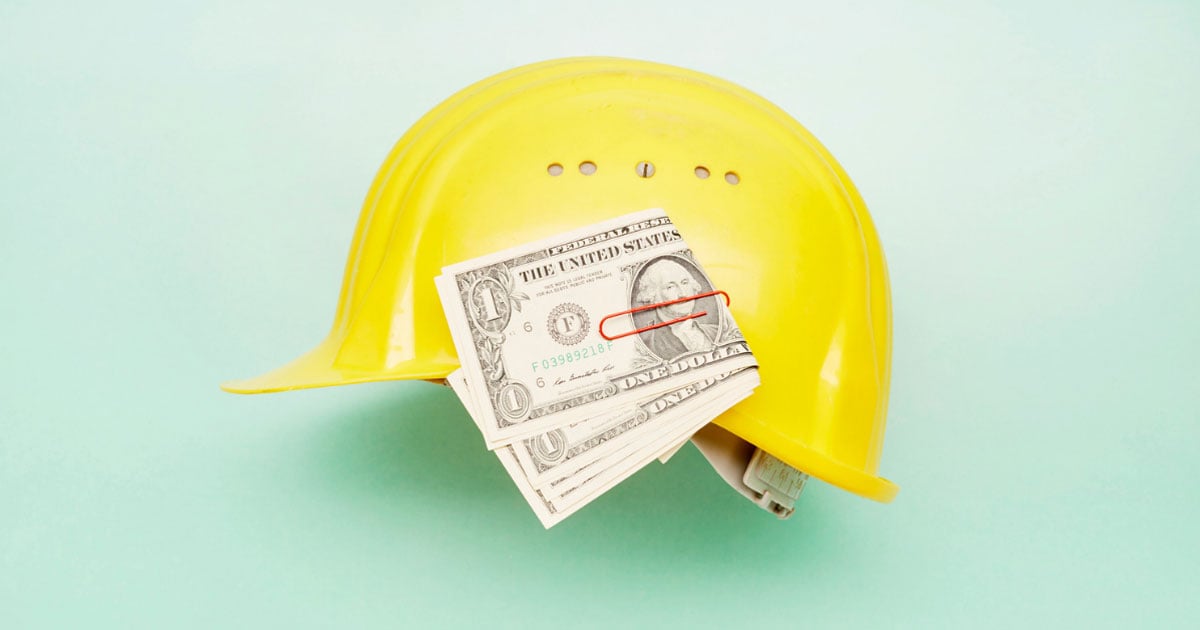
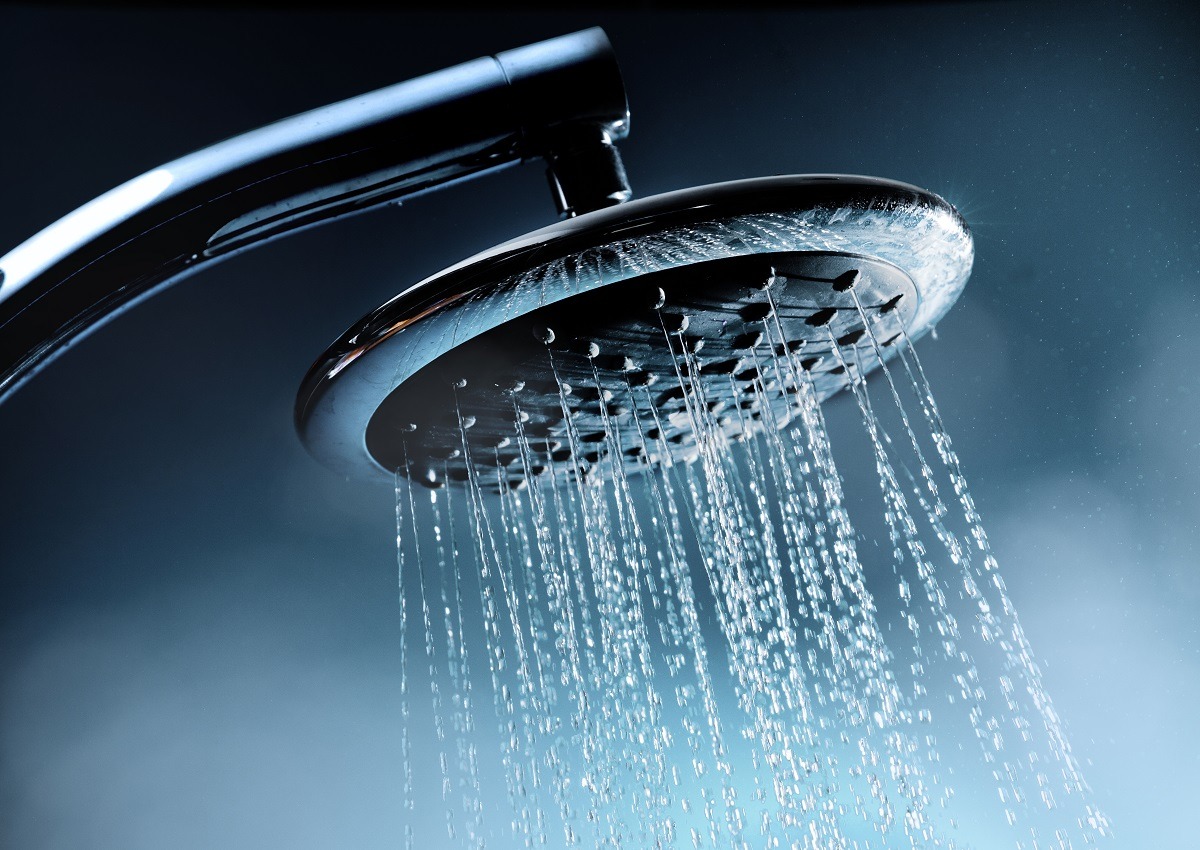
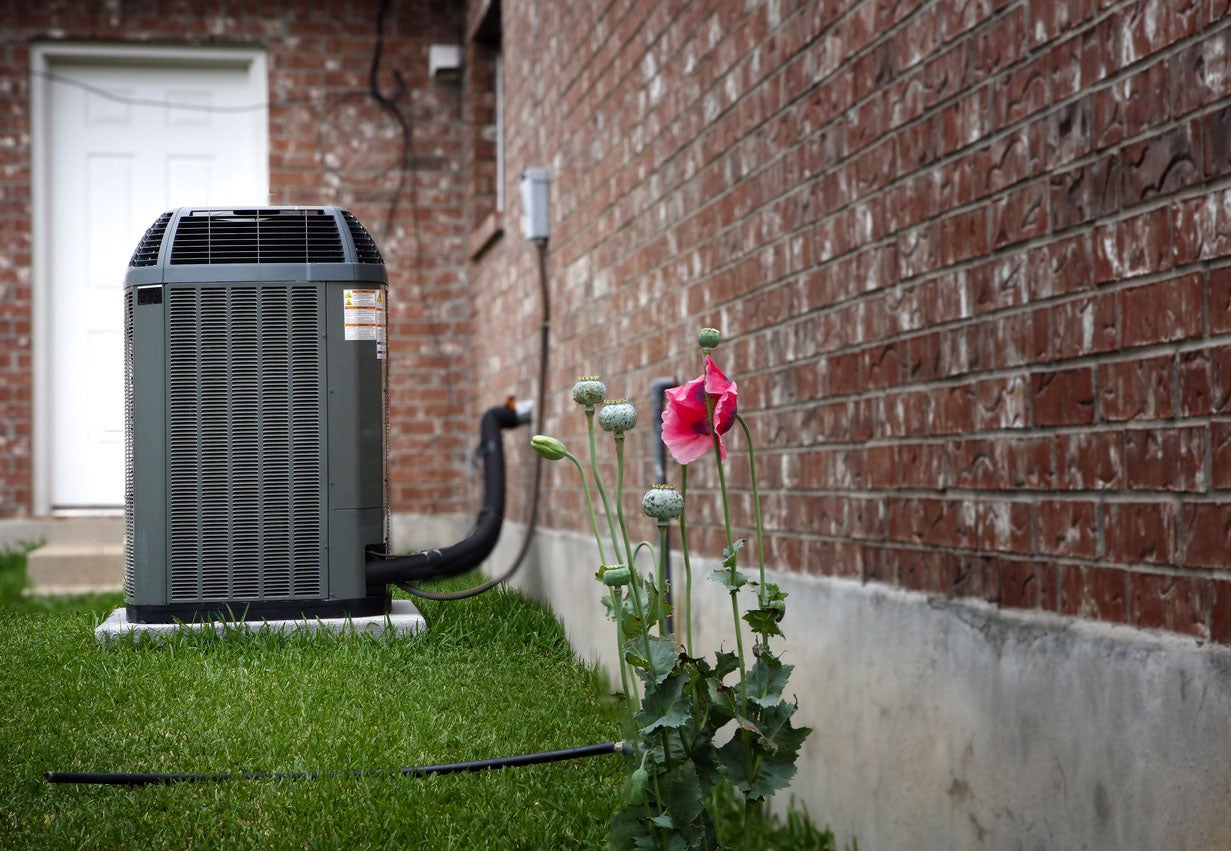


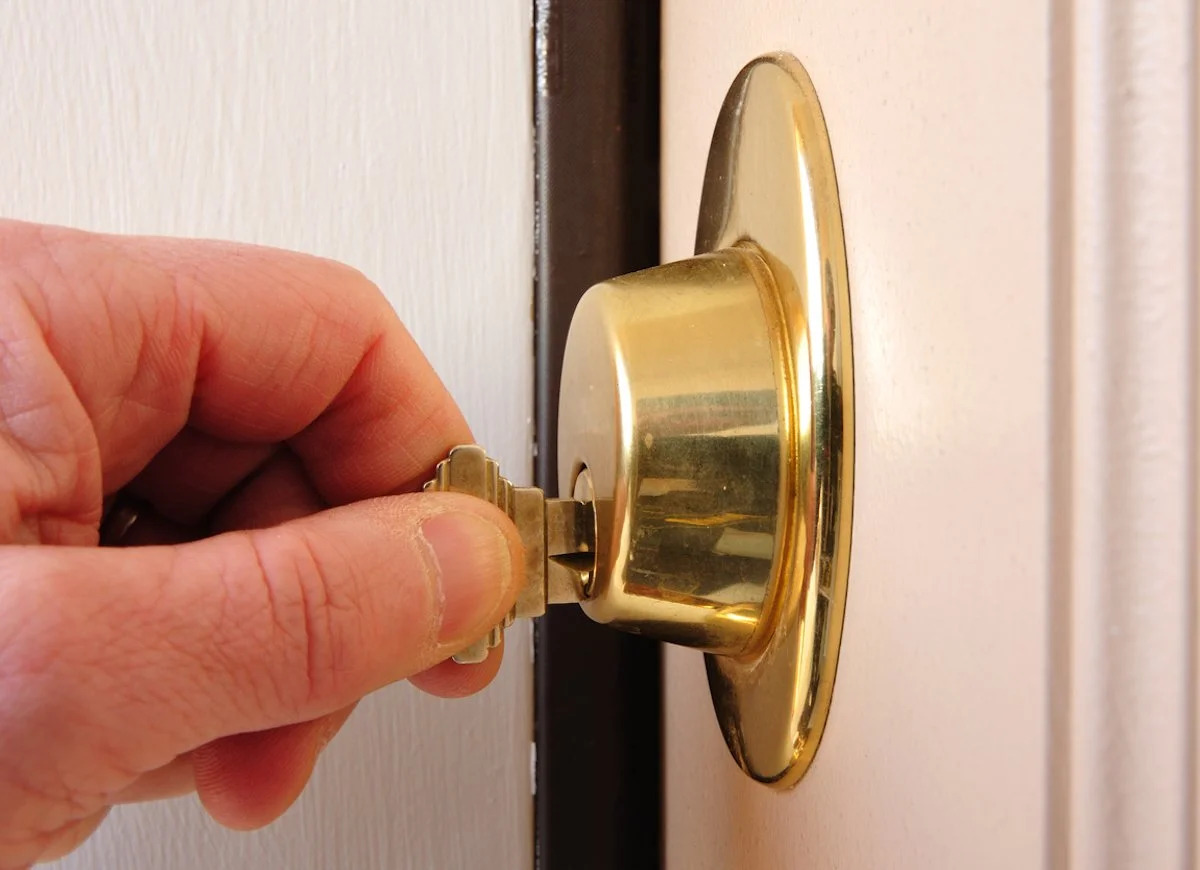
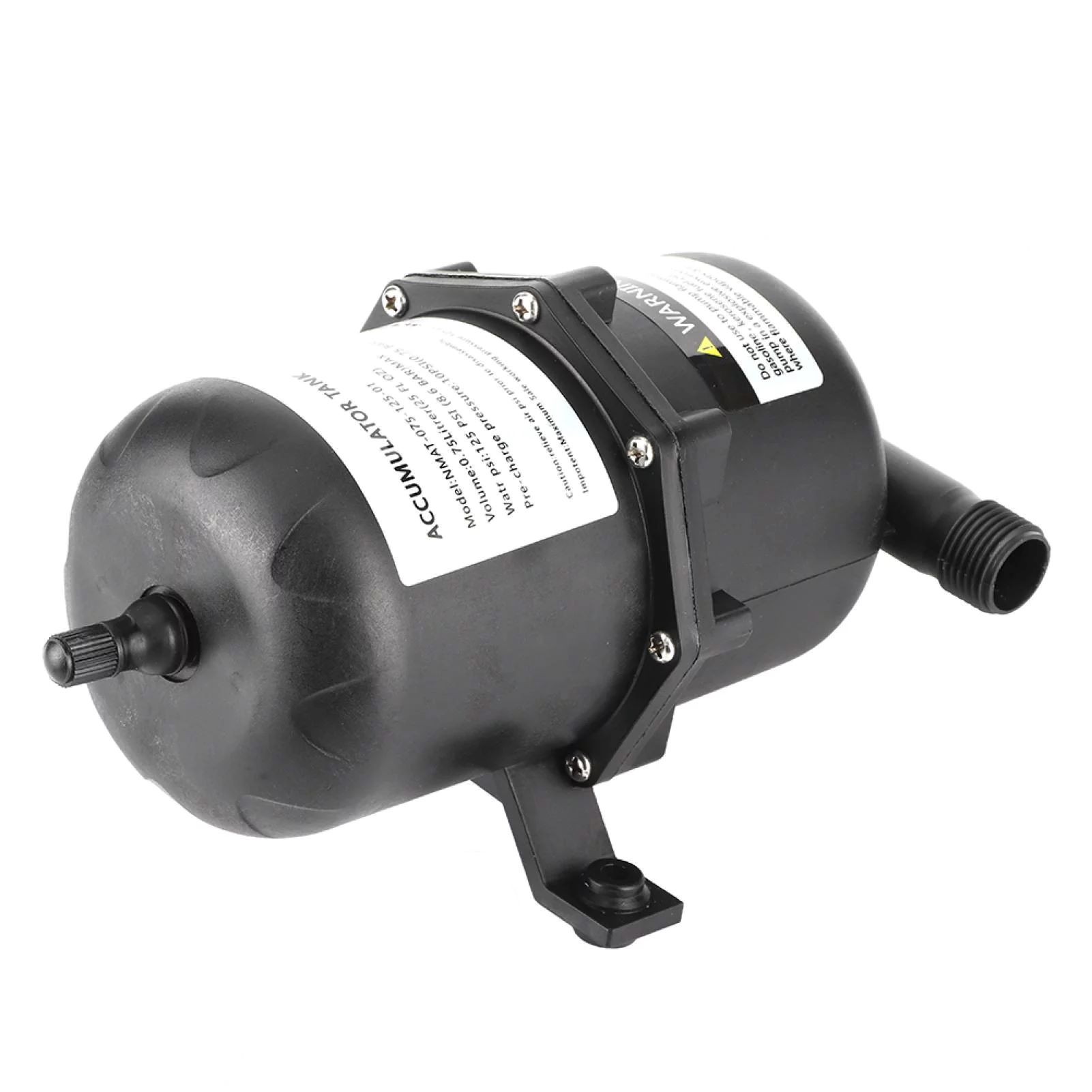

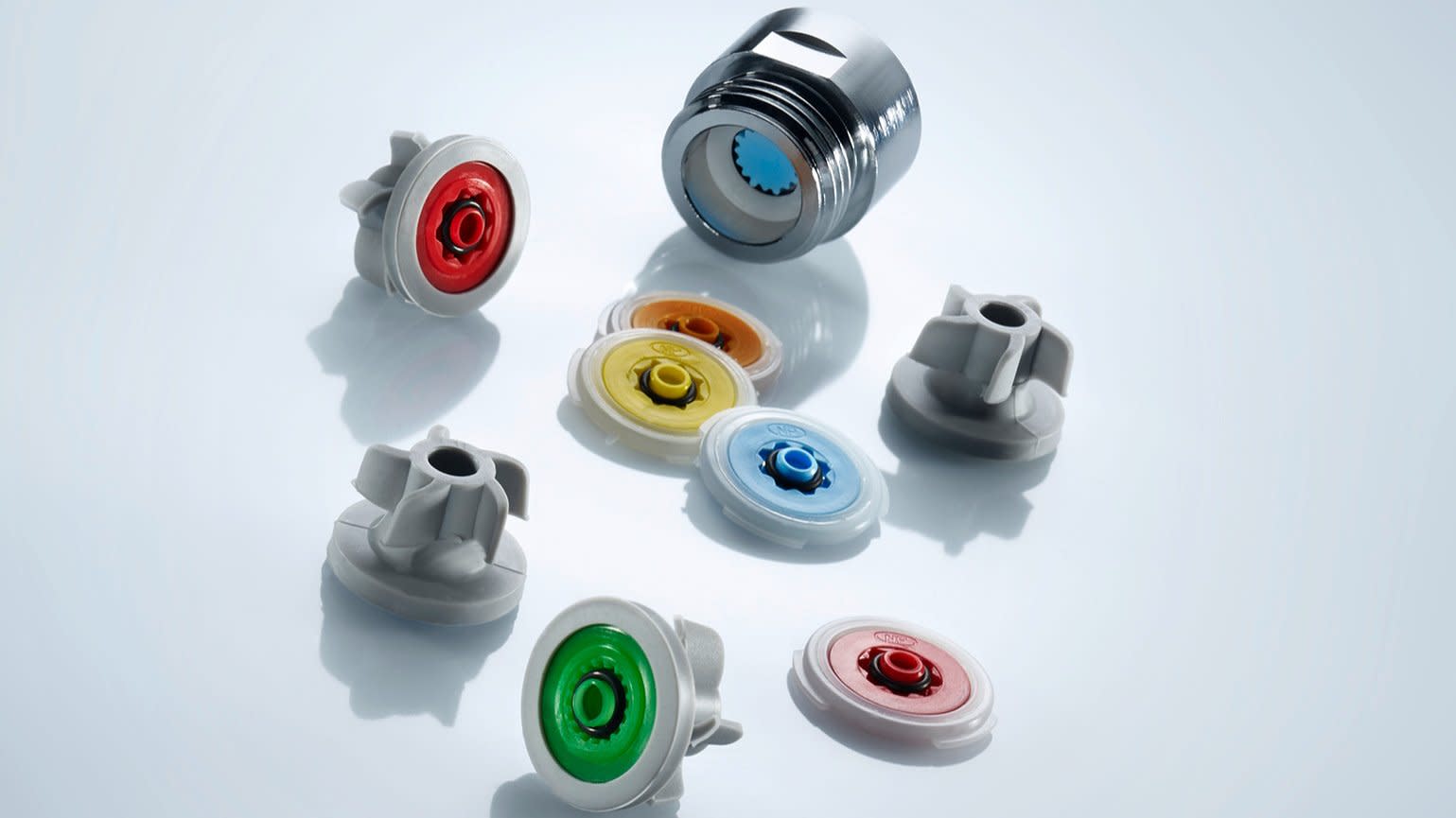
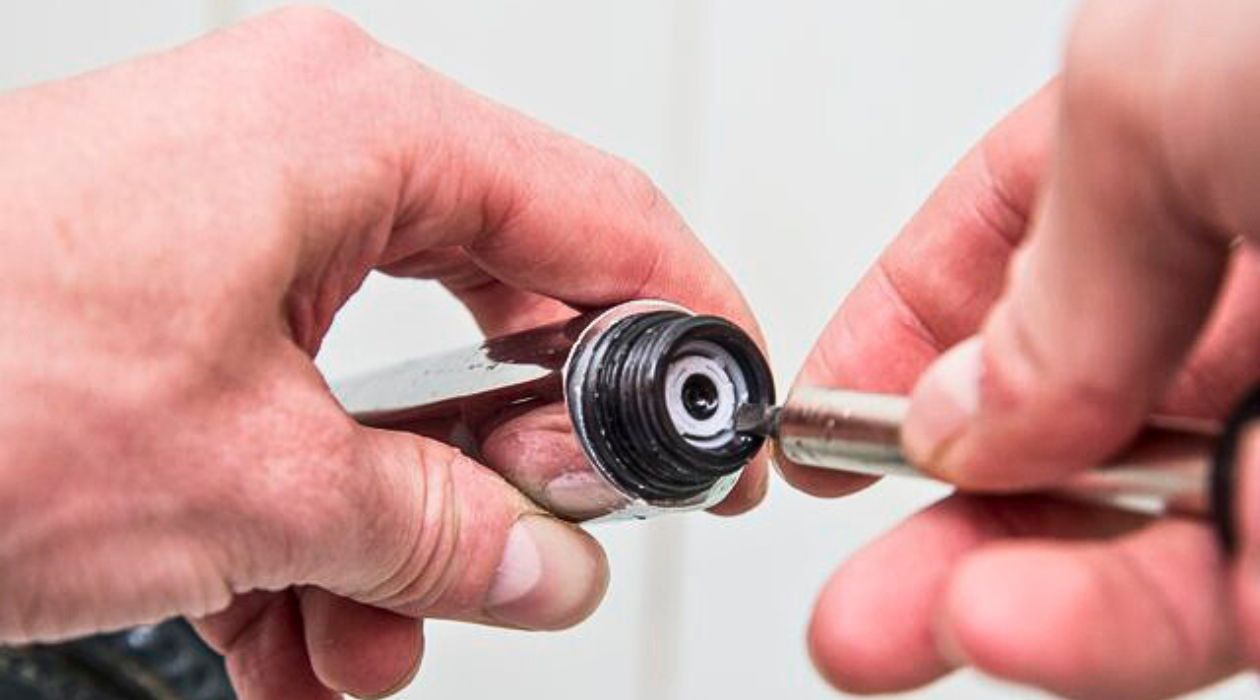
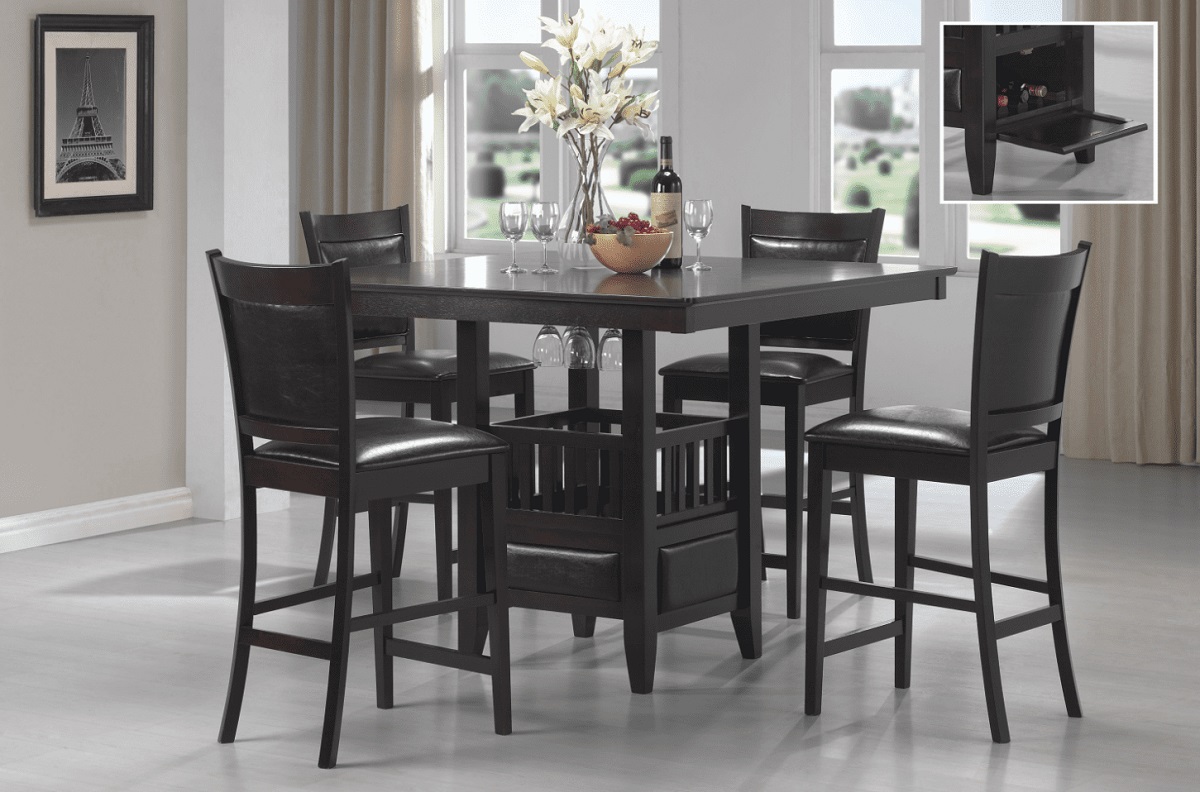

0 thoughts on “How To Increase Air Flow In HVAC”